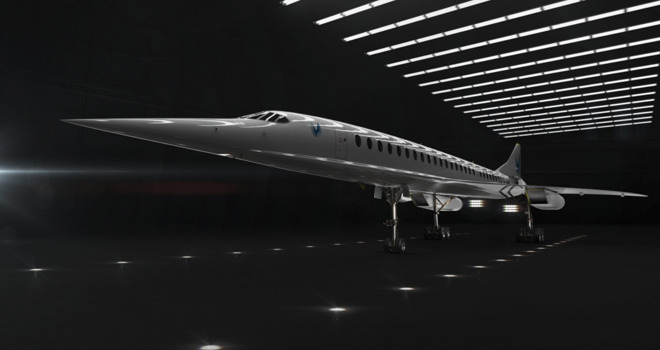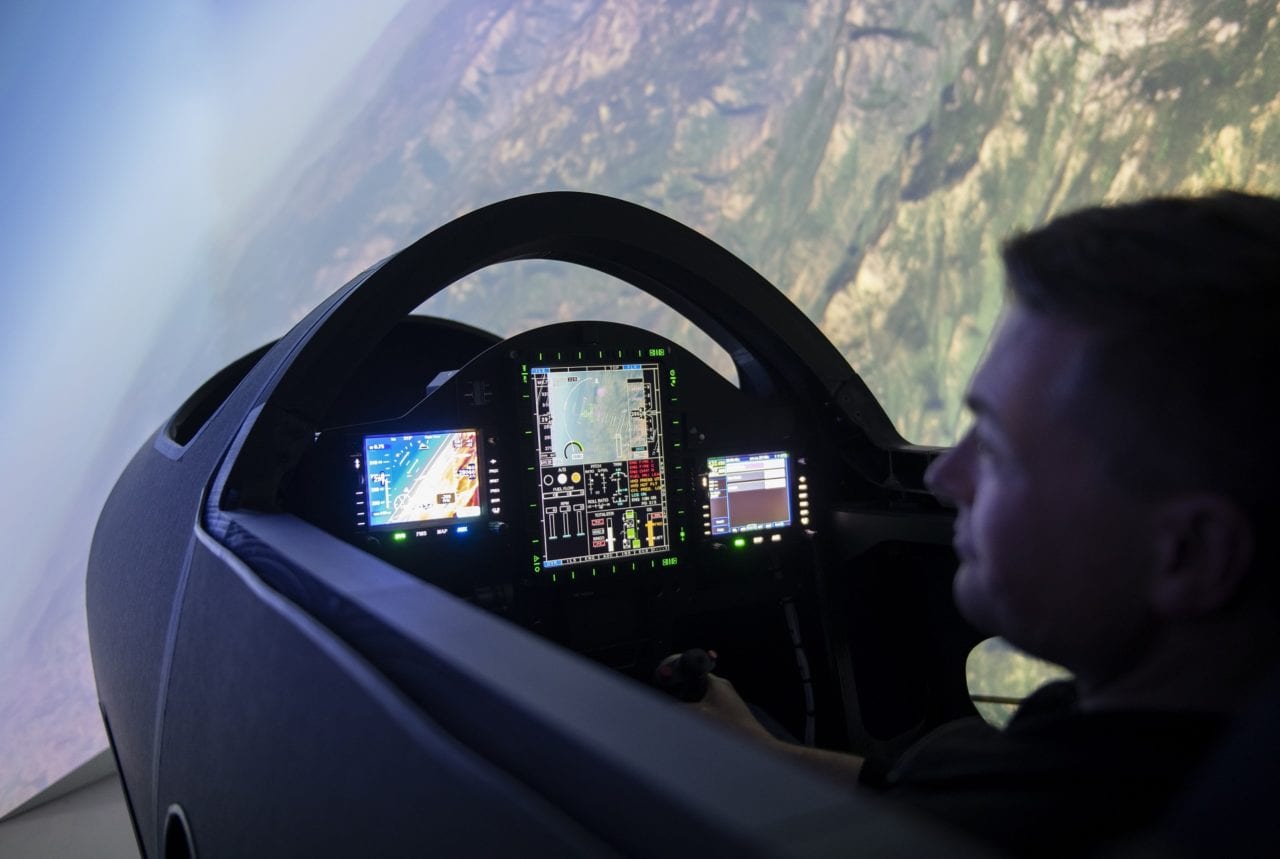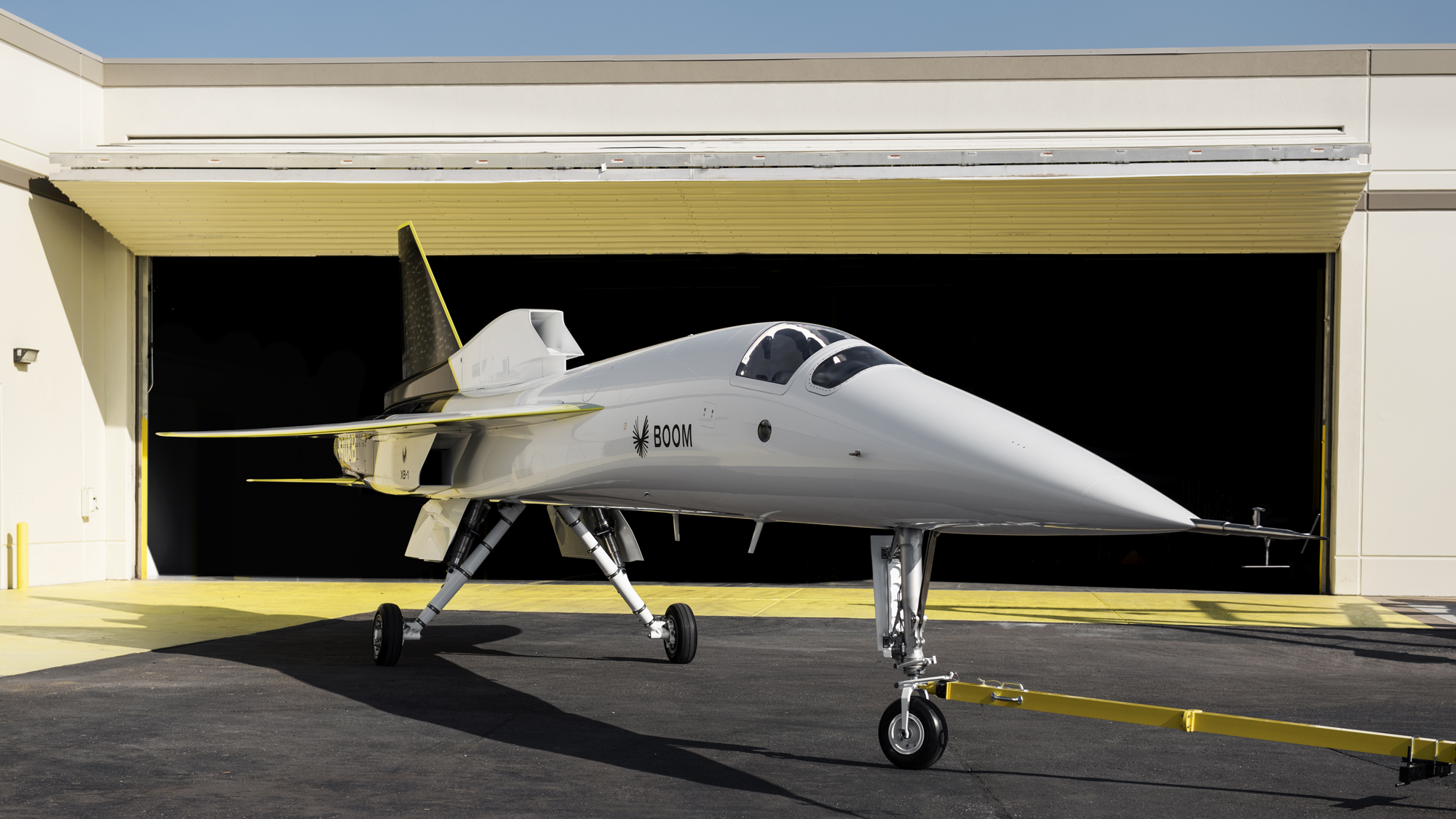
Thanks to diligent organizing by the Association of Flight Attendants-CWA, those bailouts were tied to ensuring that workers could stay on the payroll.
#Boom supersonic stock ticker free#
airlines received generous bailouts over the last year, all after having poured 96 percent of their free cash flow into stock buybacks that padded shareholder pockets: United alone got $7.7 billion. Air Force, with which it is “developing custom Overture configurations for government executive transport.” U.S. Among its first major customers is the U.S. The company’s board members, according to its fact sheet, include individuals from both major military contractors like Boeing and Lockheed Martin and the Department of Defense. Like Tesla and the Concorde-both made possible by generous public sector support-Boom is best understood as a public-private partnership.

Given the more widespread use of videoconferencing through the pandemic, filling up an entire supersonic cabin could be an even tougher sell now.

And while it was a deadly crash that finally grounded those planes, aviation journalist Seth Miller writes that its operators had long had trouble coaxing enough corporations to pay for their employees to take faster, far costlier flights. Who, after all, urgently needs to get from Newark to London in three and a half hours, if not a fabulously wealthy investment banker or pharmaceutical executive? Who can pay the roughly $6,000 per ticket needed to do so? Even that price seems optimistic: Tickets on the Concorde-the now-defunct supersonic jets that operated until 2003-ran at a cool $12,900 in 2020 dollars. And they have more cash than ever to throw at shiny new toys. Given the already monumental task of greening existing air travel, why add an even more polluting fleet to the mix?Įssentially, because some very rich people (read: Boom’s investors) think it would be cool. What’s more, the noncarbon greenhouse gas emissions of supersonic flight could be enormous. The industry ended up using just 0.25 percent last year. As Rutherford previously observed, the International Air Transport Association-a trade lobby-aimed to use 6 percent alternative jet fuels by 2020. The airline’s own use of SAFs, climate analyst Ketan Joshi notes, has fallen since 2016 from 0.031 percent to 0.028 percent as its emissions have ballooned. United’s 15 supersonic jets could eat up the entirety of the EU’s synthetic fuel supply in 2030 twice over. In 2020, those accounted for just 0.05 percent of total supplies. As pointed out by Dan Rutherford of the I CCT, doing so would likely mean exhausting the available supplies of alternative fuels. That does not mean they will actually run entirely on these fuels. Overture crafts plan to “accommodate” the use of so-called “sustainable aviation fuels,” or SAFs, an umbrella term referring to a number of jet fuels with lower carbon footprints.

Yet the question of how these companies plan to make good on their climate promises skirts past a more basic one: Why are they making these extra resource-intensive jets at all?Īs part of its goal to be “ 100% green ” by 2050, Boom reportedly plans to work with Prometheus Fuels to capture carbon and turn it into jet fuel, a process that is not currently feasible at any meaningful scale. As it picks back up, those worries haven’t gone away. Airlines publicly angsted about the rise of flight-shaming even before Covid-19 ground travel to a virtual standstill last year. On some level, Boom and United seem to recognize that they need to sell their shiny new jets as climate-friendly, even when the evidence suggests they will be anything but. They’ve pledged their planes will be “net-zero carbon from day one,” whatever that means. Improbably, Boom and United are each marketing this new era of supersonic travel as a climate innovation.
The International Council on Clean Transportation, or ICCT, estimates that supersonic jets are five to seven times as carbon-intensive as traditional planes. United Airlines announced this week that it will purchase at least 15 supersonic Overture jets, at $200 million a pop, from a startup called Boom, which-having yet to put a single one of its fast new planes in the sky-aims to start ferrying loads of up to 88 business-class passengers between major cities by the end of the decade.


 0 kommentar(er)
0 kommentar(er)
